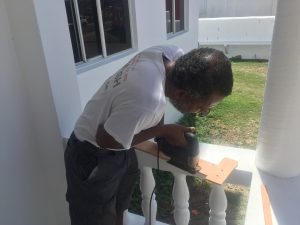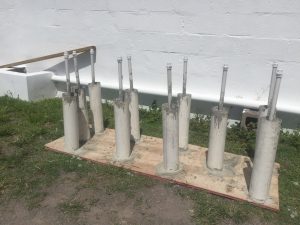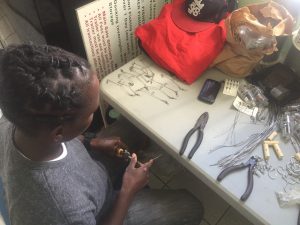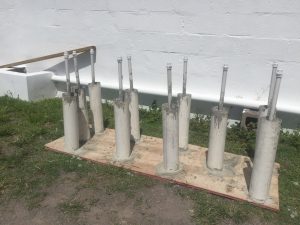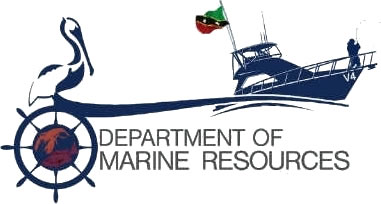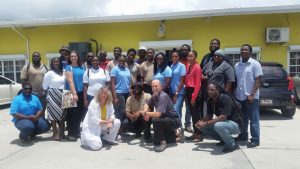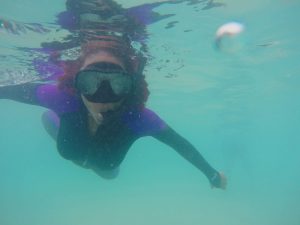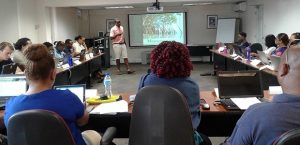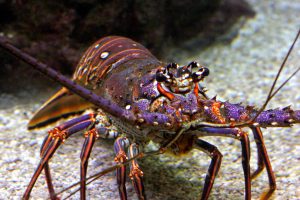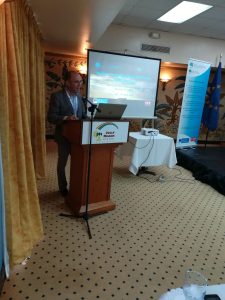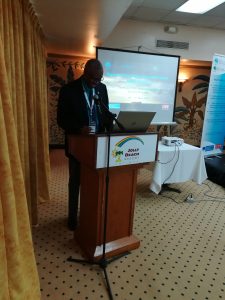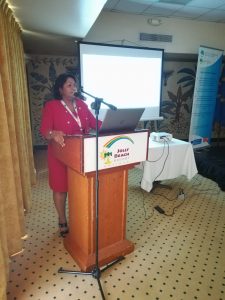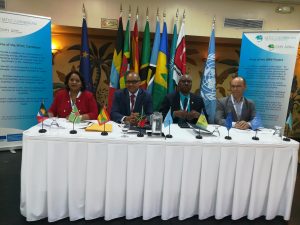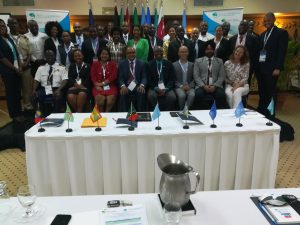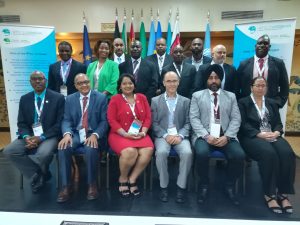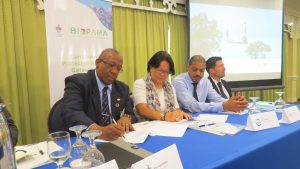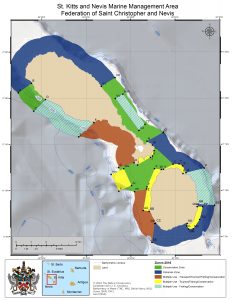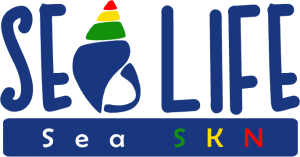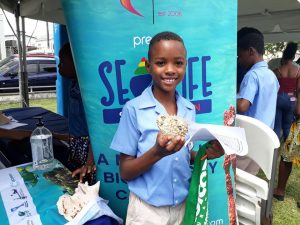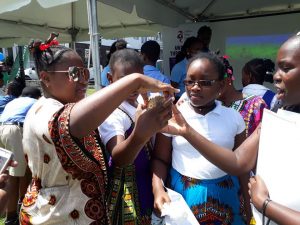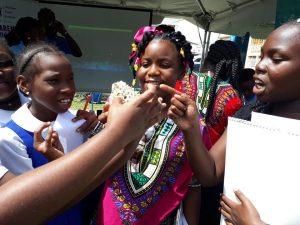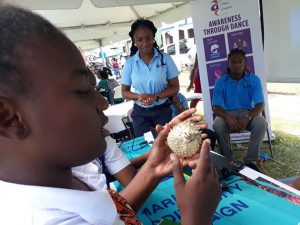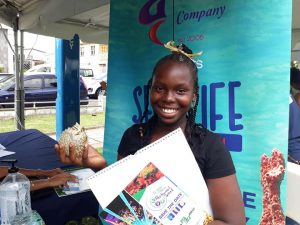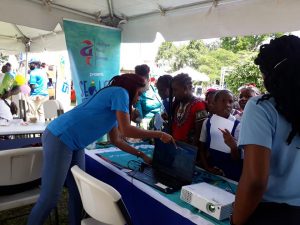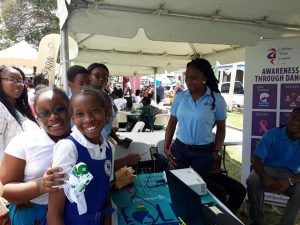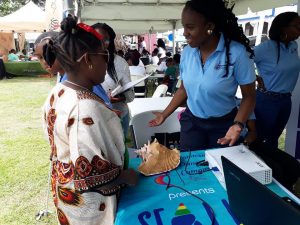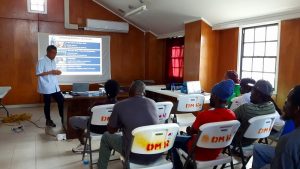Off-Shore Fisheries Collaboration for Small Vessels
The St. Kitts and Nevis Department of Marine Resources (DMR) collaborated with fishers to examine the practicality of promoting the off-shore and pelagic fisheries in the Federation. This involved preliminary work in 2017, harvesting Diamondback Squid. Following the successful capture of squid in 2017, the efforts have now shifted towards assessing the use of small open vessels for the harvesting of these resources, and other off-shore resources, to promote a reduction in fishing effort on the near-shore fisheries, while securing and enhancing fishers’ livelihoods.
Mitch Lay, Antiguan fisher and facilitator of the training exercise indicated “This is a great opportunity for fishers in St. Kitts and Nevis to experiment with new techniques so we can all ensure continued fisher livelihood. The equipment used for this training is suitable for small fishing vessels, we have to look out for all fishers.”
Kharim Saddler, Assistant Fisheries Officer at the Department of Marine Resources – “This demonstration included a rig for deep slope snapper fishing and continuing Diamondback Squid Fishing techniques. The Krystal reel proved to be very efficient and versatile. It is particularly suitable for small vessels.”
Director of DMR, Marc Williams – “Continued collaboration in harvesting, value addition and marketing may prove useful in promoting the Diamondback Squid fishery. St. Kitts and Nevis could spearhead a concerted effort to promote this underutilized species for food security and nutrition purposes.”
Below are images showing the process for preparing the equipment to be used. Pictured are Mitch Lay-Fisher and Captain Petulah Huggins – DMR staff;
